
By Dave Newman
When it comes to leveraging energy savings for school district building renovations and retrofits, there are many complex financial vehicles that can be used for helping your district to pay for the necessary transformations. Among the actual retrofits, however, there are some typical energy wasters that we tend to identify for remediation across many of the school districts that we serve.
We have found that updating five major energy wasters can save the typical school district between 30-40 percent in their annual energy costs. These are savings that we help them apply toward the critical infrastructure repairs to aging facilities that they need.
Here are the Top 5 Typical Energy Wasters Every School District Should Know that we see during an energy savings, school building walk-through that every school district should have at the top of their transformation wish list.
1
Poor Lighting – At the number one spot is energy wasted with legacy fluorescent or traditional lighting. While originally meant to replace traditional incandescent lighting fixtures, many fluorescent bulbs contain toxic mercury and are inefficient compared to LED lighting alternatives. LED lighting costs far less to operate and provides cleaner, brighter and more even lighting for classrooms, auditoriums, hallways and stairwells.
2
Building Envelope and Weatherization Gaps – Drafts around windows, doors and soffit spaces are a major cause of heat and cooled air loss that often require simple remedial steps. Protecting the “building envelope” includes sealing gaps in doorways by replacing sweeps on the bottom of doors, adding weather stripping and making sure doors stay tightly closed. This is especially the case for double doors at the entrance of most school buildings where the astragal weather stripping between the doors has worn away or has been removed. Other methods of keeping drafts out of school buildings include using foam spray in open gaps such as roof opening or large gaps where the walls and roofline meet, and adding or replacing insulation.
3
Uncovered Hot Water Pipes – When we inspect buildings, we often come across hot water pipes that have been repaired or replaced. Unfortunately, more often than not, the necessary pipe insulation is not replaced following the repair, leaving an area for expensive heat loss that can usually be quickly fixed.
4
Lack of Classroom Occupancy, Vacancy and Sunlight Control – Let’s face it, students and faculty are in and out of classrooms all the time, and the last one to leave the room sometimes forgets to shut off the lights. Special lighting controls like Occupancy Sensors and Vacancy Sensors can detect whether a room is occupied and turn the lights on or off accordingly. In some cases, these controls can be set to automatically turn lights off after a certain time. A newer class of sensors, called Daylight Sensors, can even detect the amount of ambient light coming through windows to automatically adjust the brightness of the LED lighting in a classroom and use as much natural sunlight as possible to provide the classroom with an even lighting.
5
Vampire Devices Draining Classroom Energy – Today’s classrooms employ a variety of technologies that are useful for teaching, but can drain energy when they sit in standby mode. Copiers, smart boards, large monitors, projectors and window air conditioners that are not part of the central system can all lead to energy waste when they’re operational but the classroom is not in use. We often suggest the use of Plug Load Controllers which sit between the wall outlet and devices or replace the wall outlets altogether in some systems, by controlling plug loads, saving energy and reducing energy consumption and cost. These devices can be individually or centrally controlled and set to learn when to allow devices to operate.
These common challenges can all be overcome during an energy performance contract (EPC) project. We often document the same challenges during the Discovery step of our Energia Seven-Step Proven Process for Energy Savings Projects. By documenting the challenges and making remediation recommendations we are able to measure the energy savings that school districts can achieve.
Learn more about energy efficiency funding opportunities for your school district and contact Energia today for a discussion about how your district can take advantage of these opportunities for savings.
